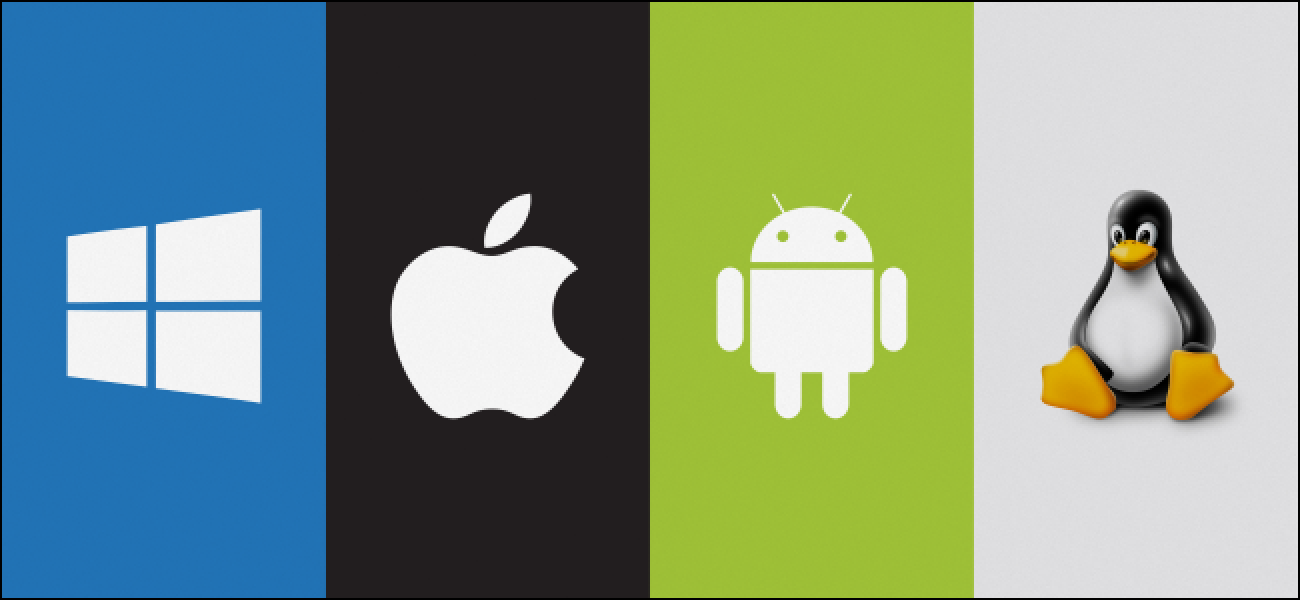If you are an online masters of computer science student (OMSCS) at Georgia Tech and enrolled in advanced operating systems (AOS) course, you might want to check out the notes I’ve taken for the lectures by clicking on the advanced operating systems category on my blog. For each video lecture, I’ve written down a summary and the key take away. These notes may help you out by giving you a quick overview of the topics or help you decide what sections to revisit or skip.
At the time of this writing, the write ups start from the refresher course (e.g. memory systems) all the way up until the end of parallel systems (i.e. last lectures included as part of the midterm).
Table of Contents
- OS Structure Overview
- SPIN Approach
- Exokernel
- L3 Microkernel
- Introduction to VIrtualization
- Memory Virtualization
- CPU and device virtualization
- Shared machine memory model
- Synchronization (Part 1)
- Synchronization (Part 2)
- Barrier Synchronization (Part 1)
- Barrier Synchronization (Part 2)
- Remote Procedure Call
- Parallel Systems
- Shared memory multiprocessing
